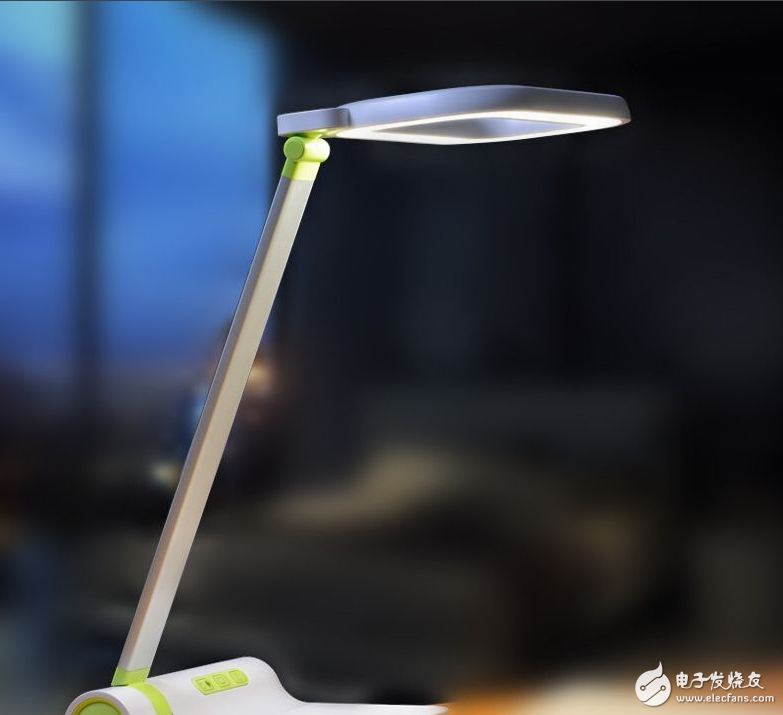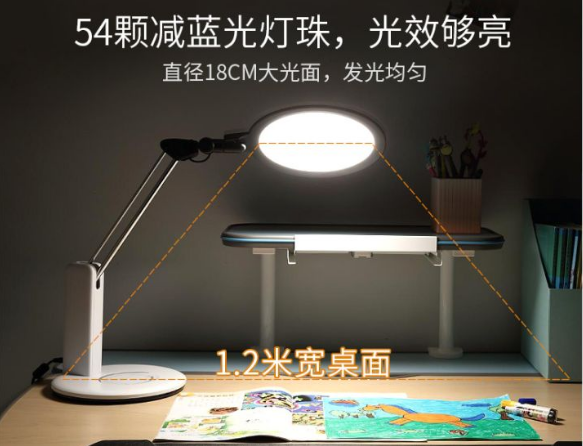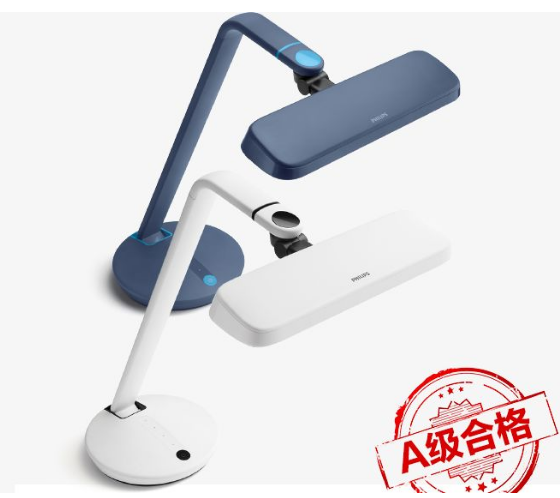Home Energy Storage,Bicycle Lithium Battery,Electric Bicycle Battery,Electric Bicycle Lithium Battery Pack Sichuan Liwang New Energy Technology Co. , https://www.myliwang.com
Eye protection table lamp which light source is good
**Eye Protection Desk Lamp**
A "eye protection desk lamp" is mainly composed of two parts: a light source and a light fixture. The lamp head typically uses a high-quality light source, while the lampshade helps to improve the uniformity of light distribution, reduce glare, and enhance visual comfort. Additionally, it includes a driving circuit that supplies power to the light source. To further optimize the lighting angle and reduce ghosting effects, some lamps use OLED panel technology, offering better light control and improved eye comfort.
**Working Principle**
1. The working principle of an "eye protection lamp" involves converting low-frequency flicker into high-frequency flicker. These lamps use a variable frequency electronic ballast to increase the current frequency from 50 Hz to 30–50 kHz, making the flicker imperceptible to the human eye. They also use three primary color phosphors to produce soft, natural light, reducing eye strain. The stroboscopic effect is a key indicator of fluorescent tubes, with lower stroboscopic effects being better for eye health.
2. Another type of "eye protection lamp" works by first converting AC power to DC power. Using DC light helps eliminate flickering and reduces visual fatigue. It also avoids electromagnetic radiation. Examples include DC eye protection lamps using DC ballasts and LED lights powered by adapters.

**Which Light Source is Best for an Eye Protection Desk Lamp?**
**Incandescent Lamp**
Advantages: No flicker, high color rendering.
Disadvantages: Generates a lot of heat.
Incandescent lamps are widely used due to their simple design and ability to emit warm, natural light. However, they are inefficient in terms of energy use and generate significant heat, which can cause discomfort during long periods of use.
**Fluorescent Lamp**
Advantages: More energy-efficient, longer lifespan than incandescent lamps.
Disadvantages: Unstable light output, high color temperature, may cause glare when used as close-range lighting.
Although some manufacturers claim to offer "three-color" desk lamps, these often rely on phosphor-based lighting, which may not provide true color accuracy. In many cases, they are more of a marketing tactic than a genuine improvement.
**LED Light**
LEDs are cold light sources, emitting no flicker and offering a wide range of color temperatures. However, they contain a higher blue light component, which may require additional diffusion to ensure comfort.
Due to their long life, energy efficiency, and environmental benefits, LEDs have become the preferred choice globally. High-quality LED lamps have excellent color rendering, low blue light emission, and are free from flicker and radiation, making them ideal for eye protection.
From a consumer perspective, both fluorescent and incandescent lamps tend to cause glare. Most LED products on the market today are suitable for eye protection, but it's important to choose one that provides even illumination, no strobe effect, no direct glare, filters out harmful blue light, and has a color temperature between 3300K and 5500K, with a color rendering index above 80.

**How to Choose an Eye Protection Desk Lamp?**
1. **No Flicker**: This is the basic requirement for an eye protection lamp. You can test this by rotating a gyroscope under the light; if the pattern is clear and stable, the lamp is flicker-free.
2. **Color Temperature**: Choose a lamp with a yellowish white light (around 3000K–4000K) rather than a blue-white light, which can be harsh on the eyes. Yellowish white is more comfortable for reading and writing.
3. **Color Rendering**: A good lamp should accurately reproduce colors. One simple test is to look at your palm under the light; if the red color appears vibrant, the lamp has good color rendering.
4. **Power**: For general desk use, a 9W–18W fluorescent lamp is sufficient. Use 9W for low ambient light and 18W for brighter environments.
5. **Color Temperature**: A color temperature between 5000K–5500K is ideal for most eye protection applications. Avoid the misconception that brighter is always better.
6. **Light Softening**: LED lamps often have point light sources, so it’s important to ensure the light is diffused to avoid uneven illumination and potential eye strain.
7. **Drive Location**: A good LED lamp should not place the drive inside the lamp holder, as this can lead to overheating and failure.
8. **Light Decay**: LEDs naturally lose brightness over time. Good heat management, such as using aluminum substrates or advanced cooling systems, can help maintain performance.
9. **Lamp Height**: An ideal height for an eye protection desk lamp is between 35cm and 50cm. Too high or too low can cause unnecessary strain.
10. **Safety**: LED lamps are generally safer due to the absence of glass and sharp edges. Avoid designs with exposed wires or screws, especially for households with children.
11. **Material Quality**: Choose environmentally friendly materials that are durable and resistant to fading or corrosion over time.
12. **Base Surface Finish**: The base should have a matte finish to prevent reflections that could cause glare. A smooth surface may reflect light and create uncomfortable lighting conditions.
